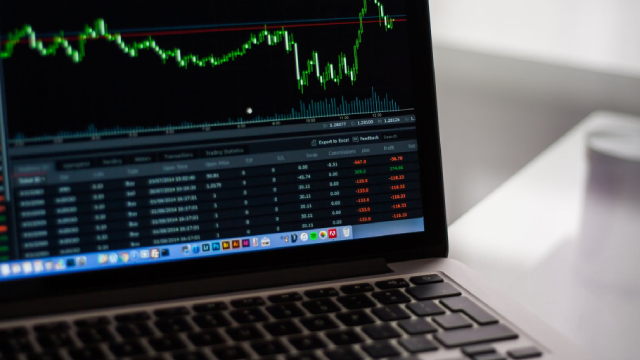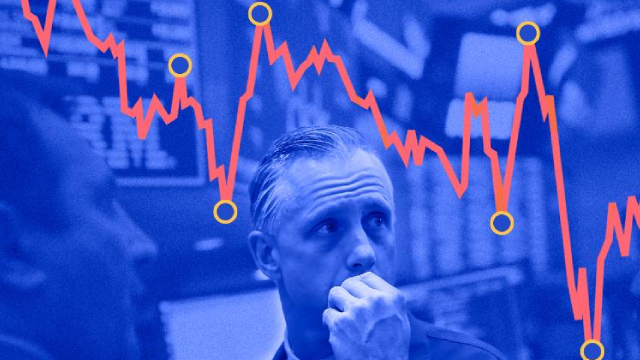
Invesco S&P 500 Momentum ETF (SPMO)

Momentum ETF (SPMO) Hits New 52-Week High
Invesco S&P 500 Momentum ETF SPMO is probably on the radar for investors seeking momentum. The fund just hit a 52-week high and moved up 35.9% from its 52-week low price of $76.75/share.

SPMO: A Portfolio Built On The Past, For An Uncertain Future
SPMO's latest rebalance increased exposure to Consumer Cyclical, Consumer Defensive, and Communication Services while reducing Healthcare. These are sectors that have reached statistically attractive relative valuations (multiples). In fact, the declines and subsequent pullback in SPMO have been more pronounced. I'm concerned about the low exposure to healthcare and the reduced participation in the tech segment compared to the S&P 500, currently the two sectors with the strongest growth outlooks.

SPMO: A Major March Rebalancing (Rating Downgrade)
SPMO's March rebalancing saw significant changes, adding TSLA and PLTR, while cutting BRK.B and LLY, with technology and financials still heavily weighted. The fund has outperformed in the last 3 years due to gains in Mag 7 and financials, but its first six years were unimpressive. Concerns arise from adding stocks like TSLA and PLTR, which show recent downward momentum, questioning the sustainability of SPMO's outperformance.

SPMO: Momentum Unwinding As Top Performers Face Largest Declines
The Invesco Momentum ETF, SPMO, has historically outperformed with a superior risk-reward profile but is now showing signs of underperformance. Momentum investing thrives in stable markets but struggles in choppy conditions, often leading to "buy high, sell low" scenarios during corrections. Stocks with the best performance from March 2024 to February generally performed worse over the past month, while 2024's underperformers were left unharmed.

Momentum ETF (SPMO) Hits New 52-Week High
S&P 500 Momentum Invesco ETF SPMO is probably on the radar for investors seeking momentum. The fund just hit a 52-week high and moved up 48.5% from its 52-week low price of $66.52/share.

SPMO Holds S&P 500 Stocks While Overcoming 2025's Biggest Risk
SPMO is a momentum ETF on the S&P 500, with an expense ratio of 0.13%, a low dividend yield, and strong capital appreciation abilities. The S&P 500 has hit initial support, with over 70% of stocks below the EMA50 and RSI above 50, before bouncing. The S&P 500's P/E ratio is 30x, but declining earnings growth estimates put growth stocks at risk.

SPMO: Core Or Satellite Holding?
The Invesco S&P 500 Momentum ETF has significantly outperformed the S&P 500 in 2024, attracting many new investors. The article explores whether SPMO should be considered a core holding in a portfolio, given its recent performance and momentum strategy. Core holdings are typically diversified funds, while satellite funds are focused and aim to add outperformance, like SPMO could potentially do.

SPMO: 5 Reasons Why This ETF Is A Buy
The Invesco S&P 500 Momentum ETF offers investors a way to gain exposure to a momentum factor-based stock selection approach. SPMO has demonstrated strong historical performance relative to both the S&P 500 and other momentum factor focused ETFs. The fund provides diversification benefits when paired with traditional market cap weighted funds.

SPMO: This Is Really Impressive
Invesco S&P 500 Momentum ETF has maintained impressive performance by rebalancing its portfolio, reducing healthcare and technology, and increasing financials, which outperformed. The ETF's strategy involves selecting stocks with high momentum scores over the past 12 months, leading to a dynamic and responsive portfolio. Despite exceptional performance in 2024, SPMO's historical performance was less impressive, warranting a re-evaluation during the March rebalancing.

SPMO: One Of The Best Constructed ETFs In The Market
The Invesco S&P 500 Momentum ETF has outperformed the S&P 500, delivering 315% returns over the last decade, compared to 243.6% for the broader index. SPMO's targeted approach focuses on the top 100 momentum stocks in the S&P 500, making it well-suited for challenging economic conditions. With an expense ratio of 0.13% and a diversified sector allocation, SPMO balances cyclical and defensive industries effectively.

SPMO: It's Not The Best Time For The 'Momentum Strategy'
SPMO's momentum strategy is effective but currently risky due to high concentration in top 10 holdings, now at nearly 60%. The spread analysis shows clear signs of overconcentration and overstretching in the SPMO ETF. Looking ahead to Q4, the risk of starting or continuing a purchasing plan is also discouraged by the seasonality analysis.

SPMO: A Sound Choice For Buy-And-Hold Strategy
I transitioned from individual stocks to ETFs due to time constraints and emotional capacity, focusing on asset allocation and risk management. I chose the Invesco S&P 500 Momentum ETF for its strong performance metrics, including a high Sharpe Ratio and Sortino Ratio. SPMO's top holdings include NVIDIA, Apple, and Microsoft, with a historical beta of 0.93, indicating manageable volatility.







